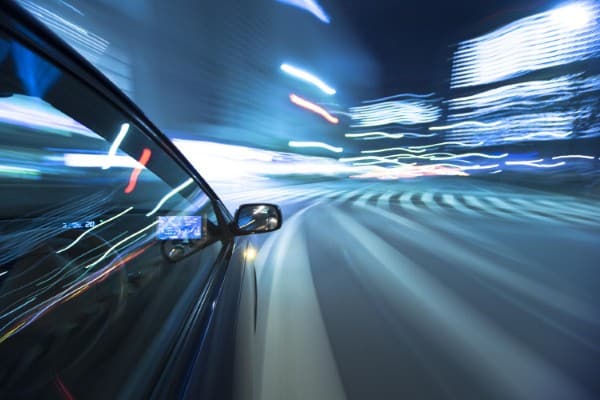The introduction of new automatic intelligent speed assistance (ISA) technology in vehicles as standard in the coming years could help to save countless lives on Europe’s roads, road safety organisation GEM Motoring Assist has claimed.
Speed a factor in one-third of deaths
Following the publication of new figures on road safety by the European Transport Safety Council, GEM has highlighted the fact that on urban and rural roads where the majority of fatalities occur, was shown to be a factor in one-third of all road deaths.
As a result, GEM is championing the mandatory introduction of ISA technology for all new vehicles by 2022, with the body claiming that to do so could see a reduction in the number of fatalities across Europe by up to 20 per cent.
ISA a potential game-changer
Highlighting the UK’s future need for this technology, GEM road safety officer Neil Worth commented: “Whatever Brexit arrangement is finally decided, we have the commitment from prime minister Theresa May that ‘UK and EU regulatory standards will remain substantially similar in the future’.”
As a result, he argued that “this matters every bit as much to a safer future on the roads of the UK as to any other country”.
Ellie Baker, brand manager at Fuel Card Services, comments: “A future where speeding and the devastating consequences of this behaviour is taken out of the hands of the driver and is automatically eliminated by assistive technologies is one we can all hope to see.”
Your business can benefit from affordable telematics with no hidden start-up fees or long-term commitments. Find out how at www.tele-gence.com





